Cleveland Museum of Art
February 26, 2023, through May 14, 2023
The Tudors: Art and Majesty in Renaissance England, the first exhibition in the US to trace the transformation of the arts in Tudor England. The exhibition captures the breathtaking scope of the finest artistic production of the English Renaissance, from intricately wrought armor and precious metal and porcelain objects to glittering tapestries woven with gold and portraits of sumptuously attired courtiers. The Tudors: Art and Majesty in Renaissance England is on view from February 26, 2023, through May 14, 2023, in the CMA’s Kelvin and Eleanor Smith Foundation Exhibition Hall.
Though the Tudor dynasty ruled for only three generations over 118 years, it oversaw the transformation of England from an impoverished backwater to a major European power operating on a global stage. The dynasty emerged from the devastation of the Wars of the Roses, which ended in 1485 when the first Tudor monarch, Henry VII, claimed the throne. His son Henry VIII brought about England’s break with the Roman Catholic Church. Henry VIII’s son Edward VI’s tragically brief reign paved the way for Henry’s daughters, Mary I and Elizabeth I: the first two women to rule the country in their own right.
During the volatile Tudor dynasty, an international community of artists and merchants, many of them religious refugees, navigated the high-stakes demands of royal patrons. Against the backdrop of shifting political relationships with mainland Europe, Tudor artistic patronage legitimized, promoted and helped stabilize a series of tumultuous reigns, from Henry VII’s seizure of the throne in 1485 to the death of his granddaughter Elizabeth I in 1603.
“The Tudor courts were truly cosmopolitan,” said Cory Korkow, curator of European paintings and sculpture, 1500–1800 at the CMA. “Fueled by political intrigue, inspired by romantic and spiritual fervor, art created for the English court was among the most sophisticated in the world. Tudor monarchs understood the diplomatic and propagandistic value of art.”
A vast network of celebrated and highly skilled foreign artists, including Florentine sculptors, German painters, Flemish weavers, French wood-carvers and many religious refugees, were key to enabling the Tudors to compete on an international scale. No English rulers before the Tudors invested so heavily in the artistic trappings of majesty. A distinctly English style emerged under the Tudors that was so influential, subsequent generations perceived the Tudors as the embodiment of the English golden age.
The exhibition was organized by The Metropolitan Museum of Art and The Cleveland Museum of Art, in collaboration with the Fine Arts Museums of San Francisco. The Tudors: Art and Majesty in Renaissance England builds on the rich holdings of The Metropolitan Museum of Art and brings together more than 90 loans from illustrious institutions including the British Royal Collection, Rijksmuseum, Folger Shakespeare Library, Victoria and Albert Museum, National Museum of Denmark, Isabella Stewart Gardner Museum and Saint Bavo’s Cathedral, Ghent.
A richly detailed, fully scholarly catalogue accompanies the exhibition. Published by The Met, with essays by the exhibition’s cocurators, Elizabeth Cleland and Adam Eaker; Marjorie E. Wieseman, curator and head of Northern European paintings at the National Gallery of Art, Washington, DC; Sarah Bochicchio, PhD candidate in art history at Yale University and a former research assistant for European sculpture and decorative arts and European paintings at The Met.
Catalogue entries incorporate recent, remarkable strides in Tudor scholarship, stimulating broader discussions of the artistic quality and cosmopolitanism of art at the Tudor courts
- Images


.jpg)
Jane Seymour, 1536–37. Hans Holbein the Younger (German-Swiss, 1497/98–1543). Oil on panel; 65.5 ×47 cm. Gemäldegalerie, Kunsthistorisches Museum, Vienna, GG 881. Photo: KHM-Museumsverband

Henry VIII, about 1537. Workshop of Hans Holbein the Younger. Oil on panel;239 cm x 134.5 cm. WalkerArt Gallery, National Museums Liverpool, Purchased by the Walker Art Gallery in 1945, WAG 1350

A Party in the Open Air: Allegory on Conjugal Love, c. 1590–95. Isaac Oliver (French, c. 1565–1617).Watercolor and body color with gold and silver on vellum laid on card; 11.3 x 17.4 cm. Statens Museumf or Kunst, Copenhagen (KMS6938)














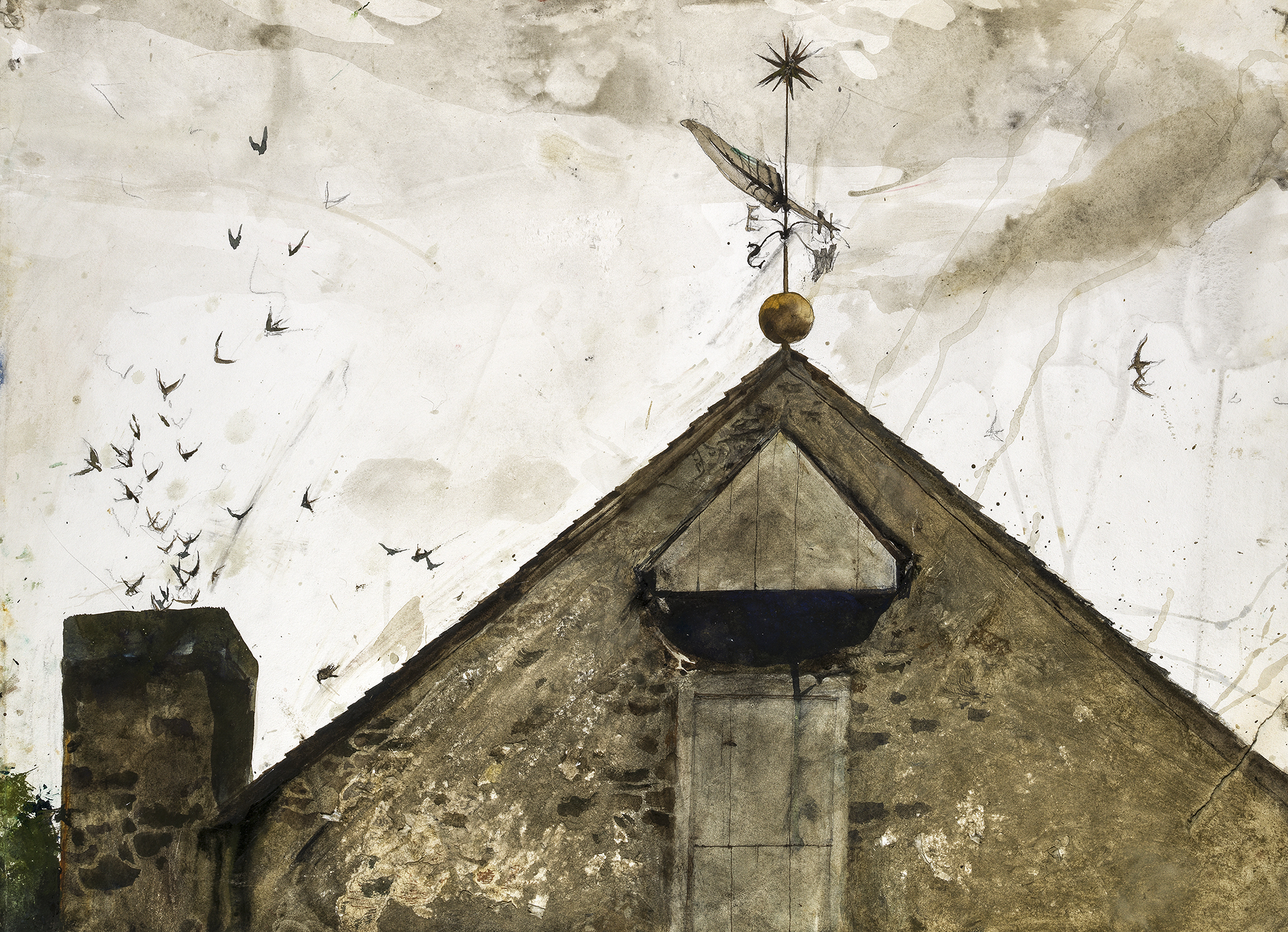
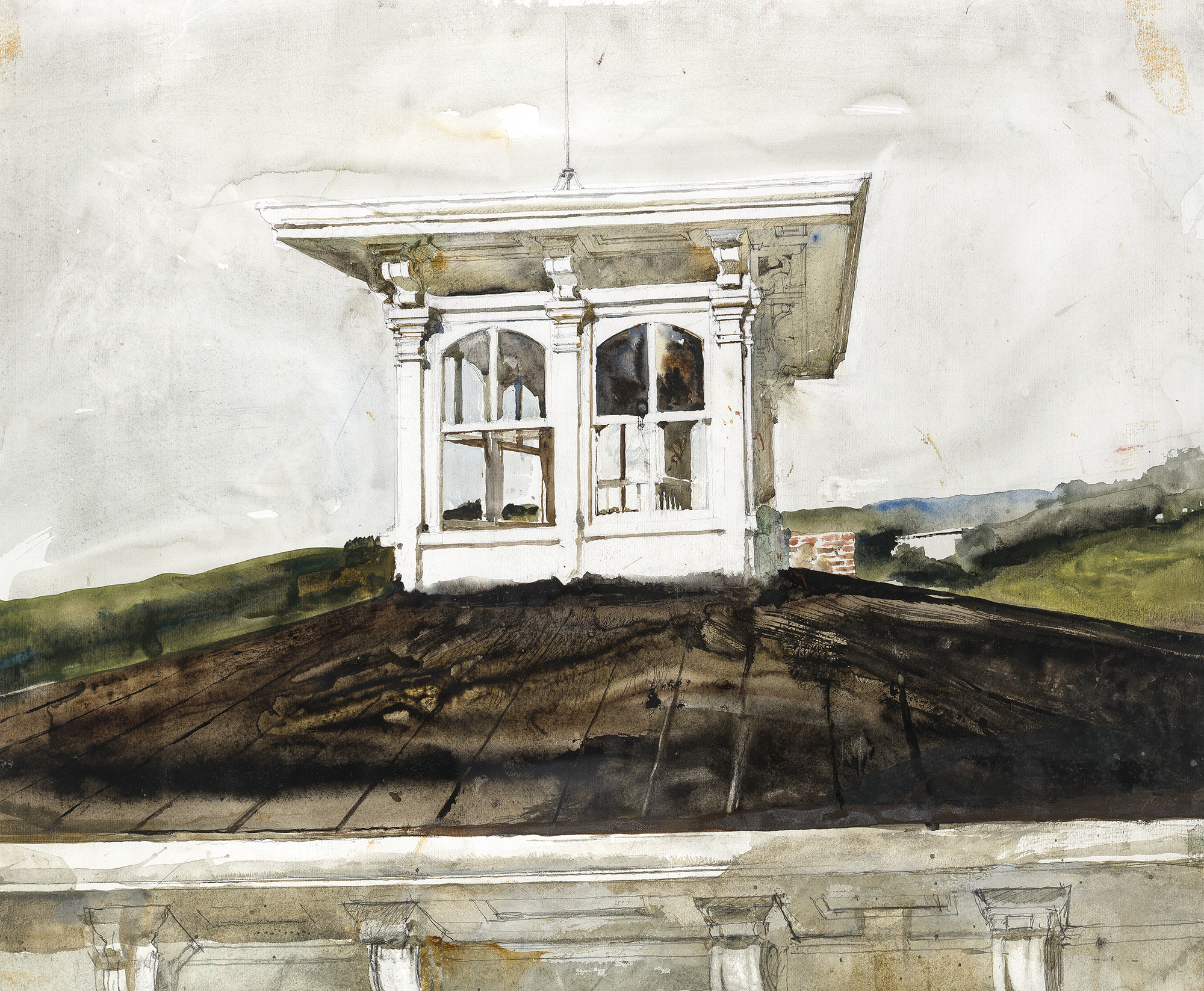
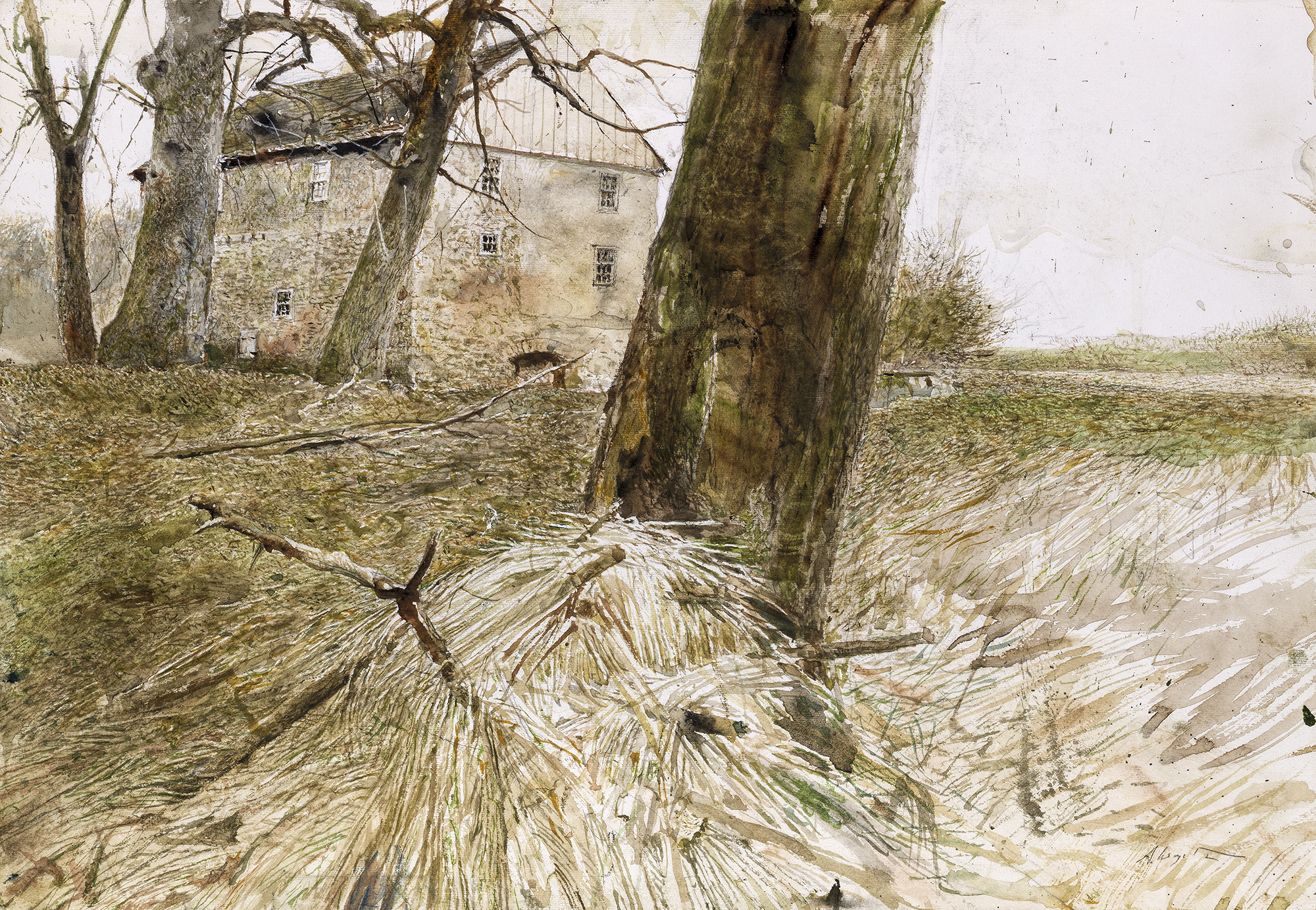
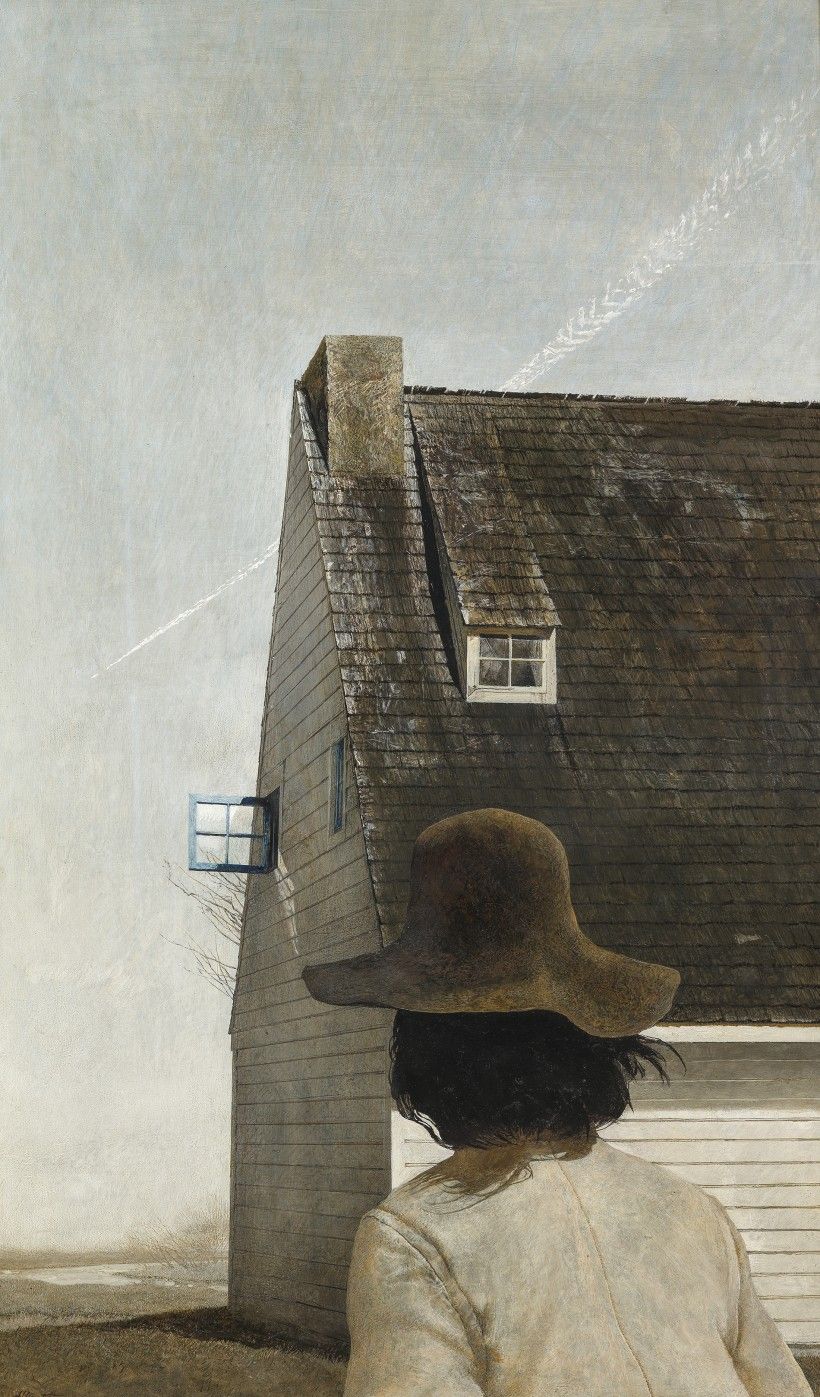
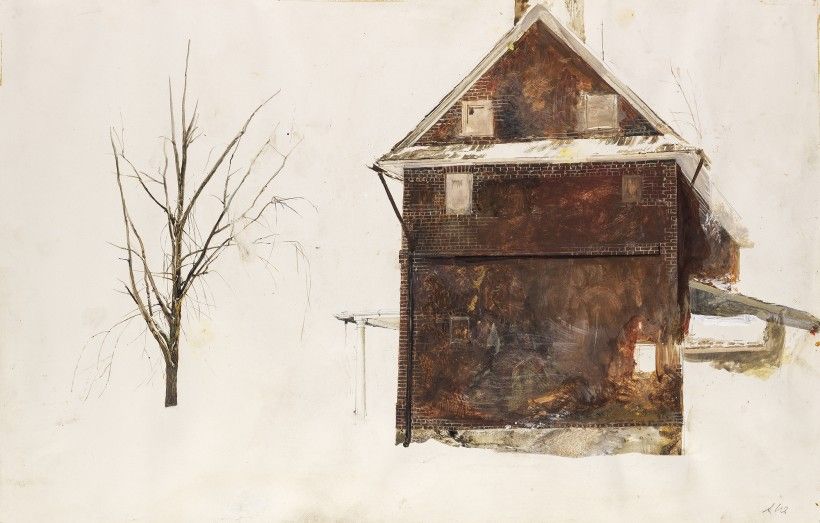



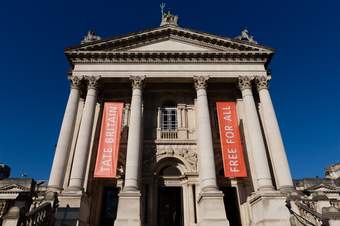

.jpeg)


,%201899.%20Tate%20(Seraphina%20Neville).jpg)
.jpeg)
.jpeg)
.jpg)

